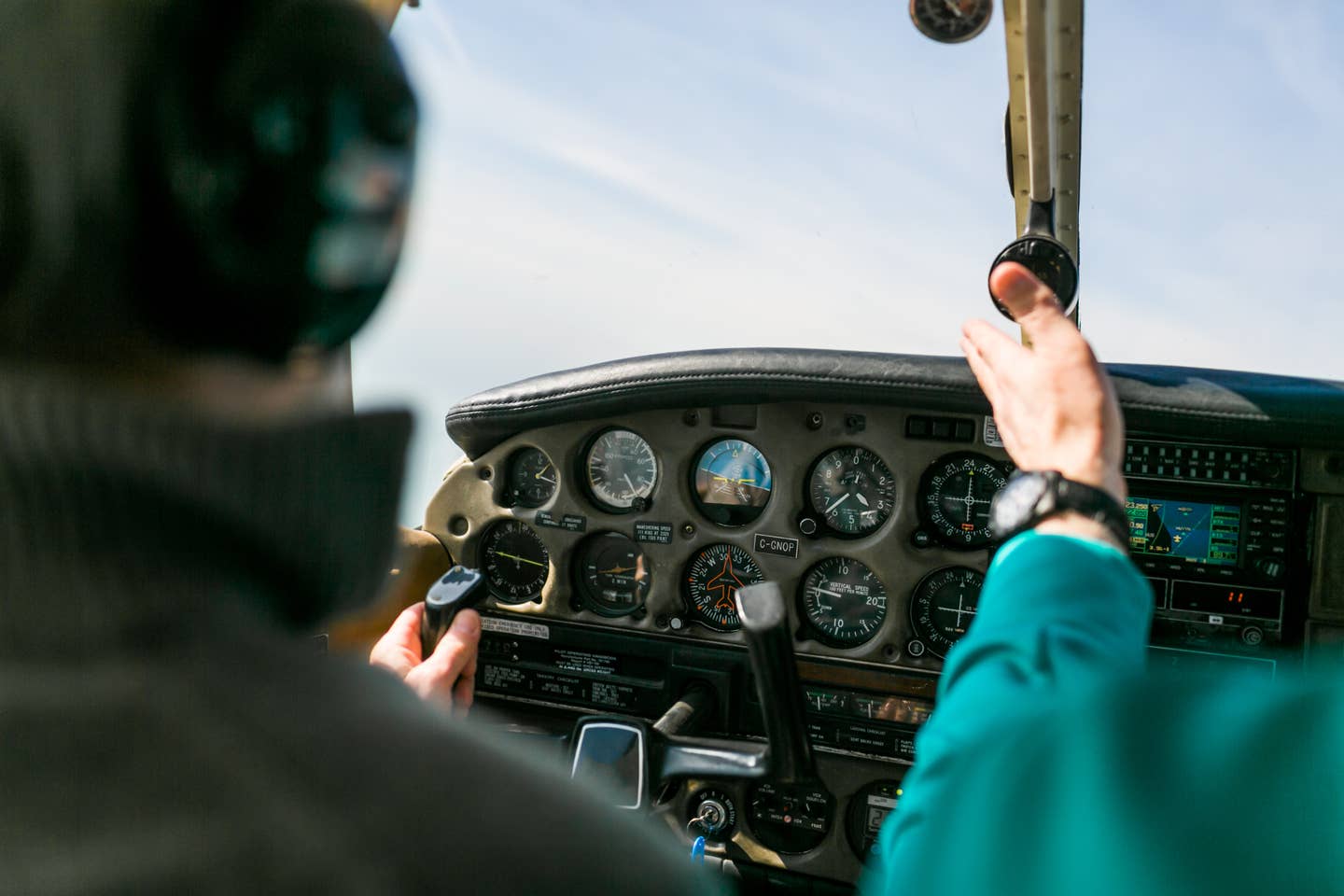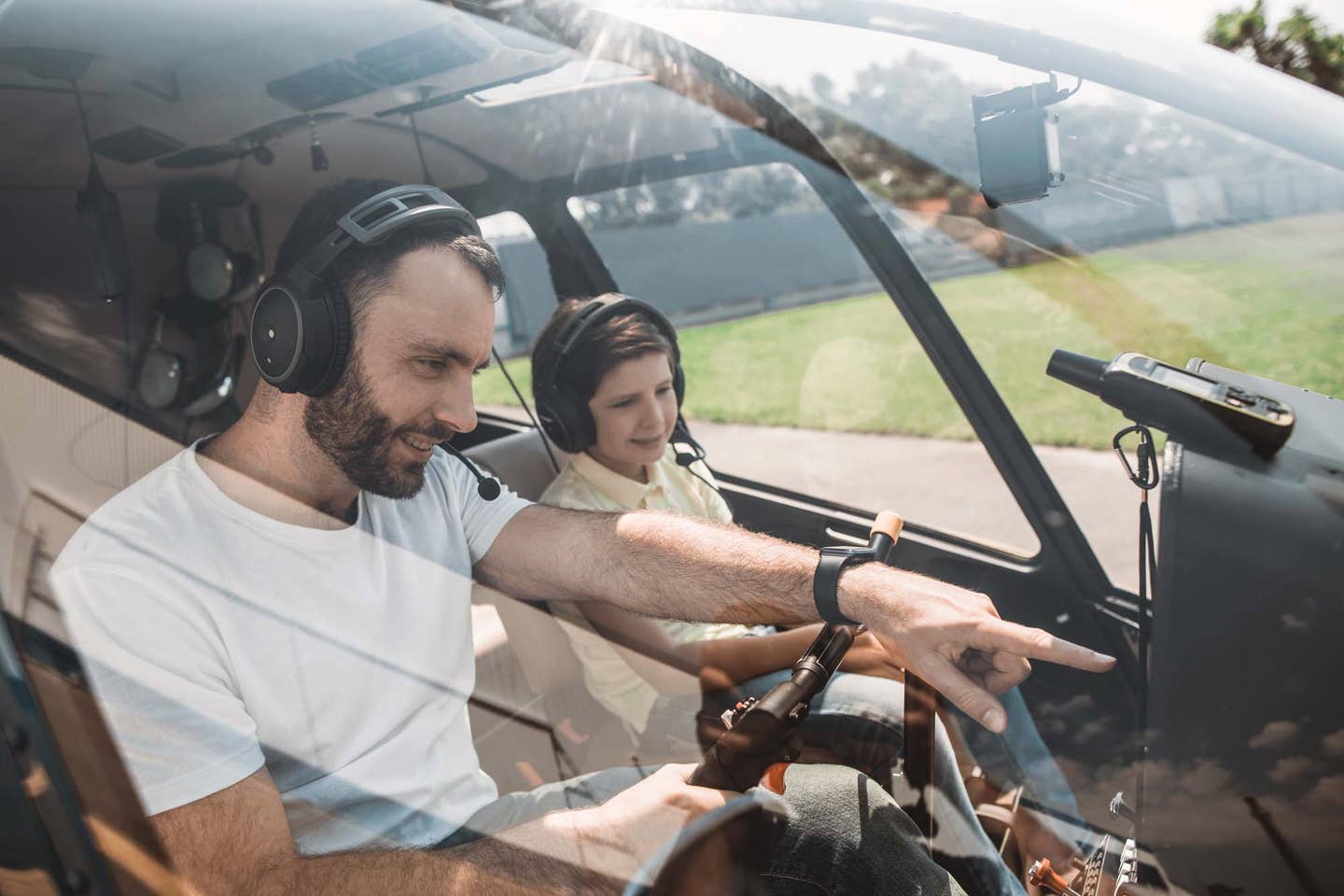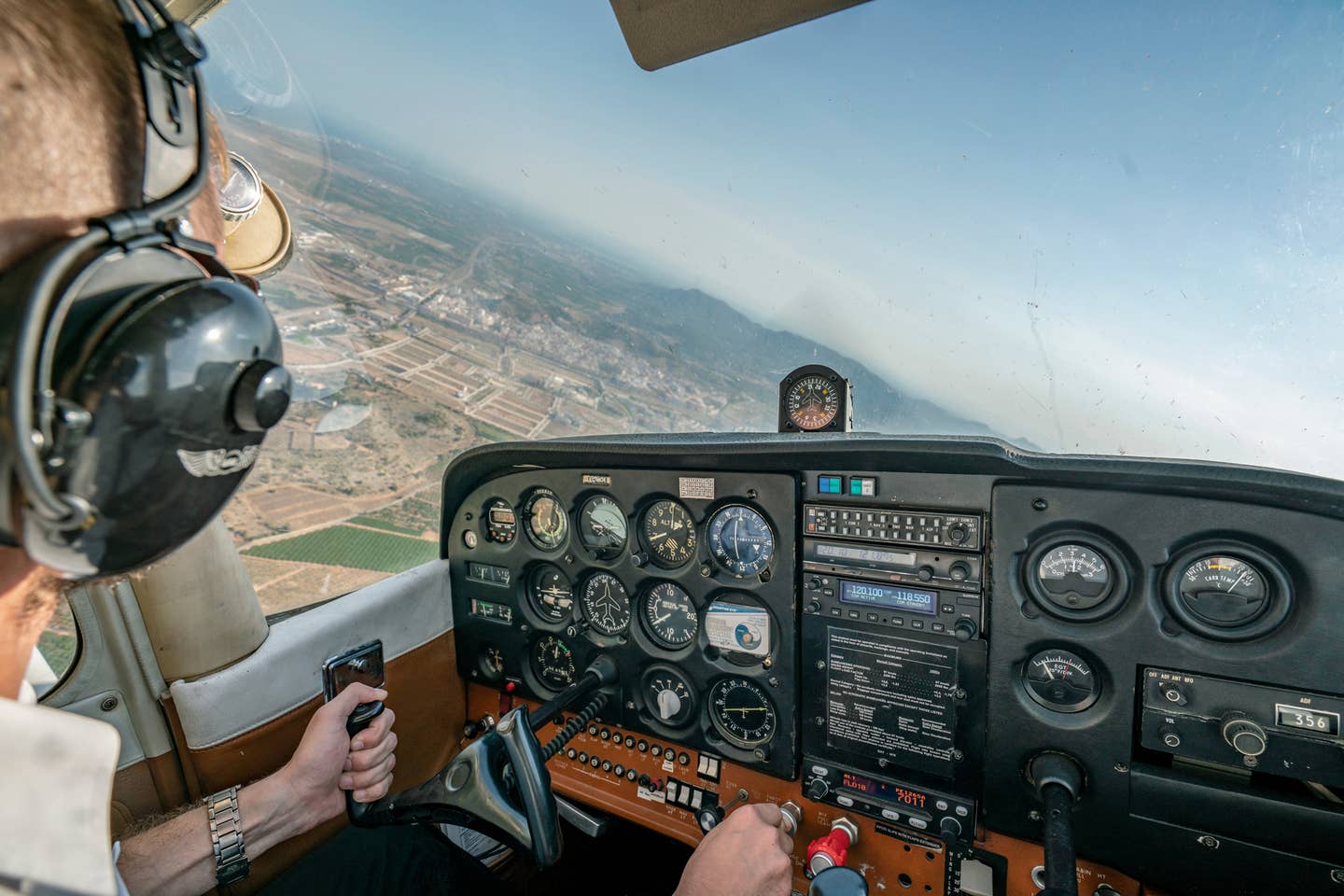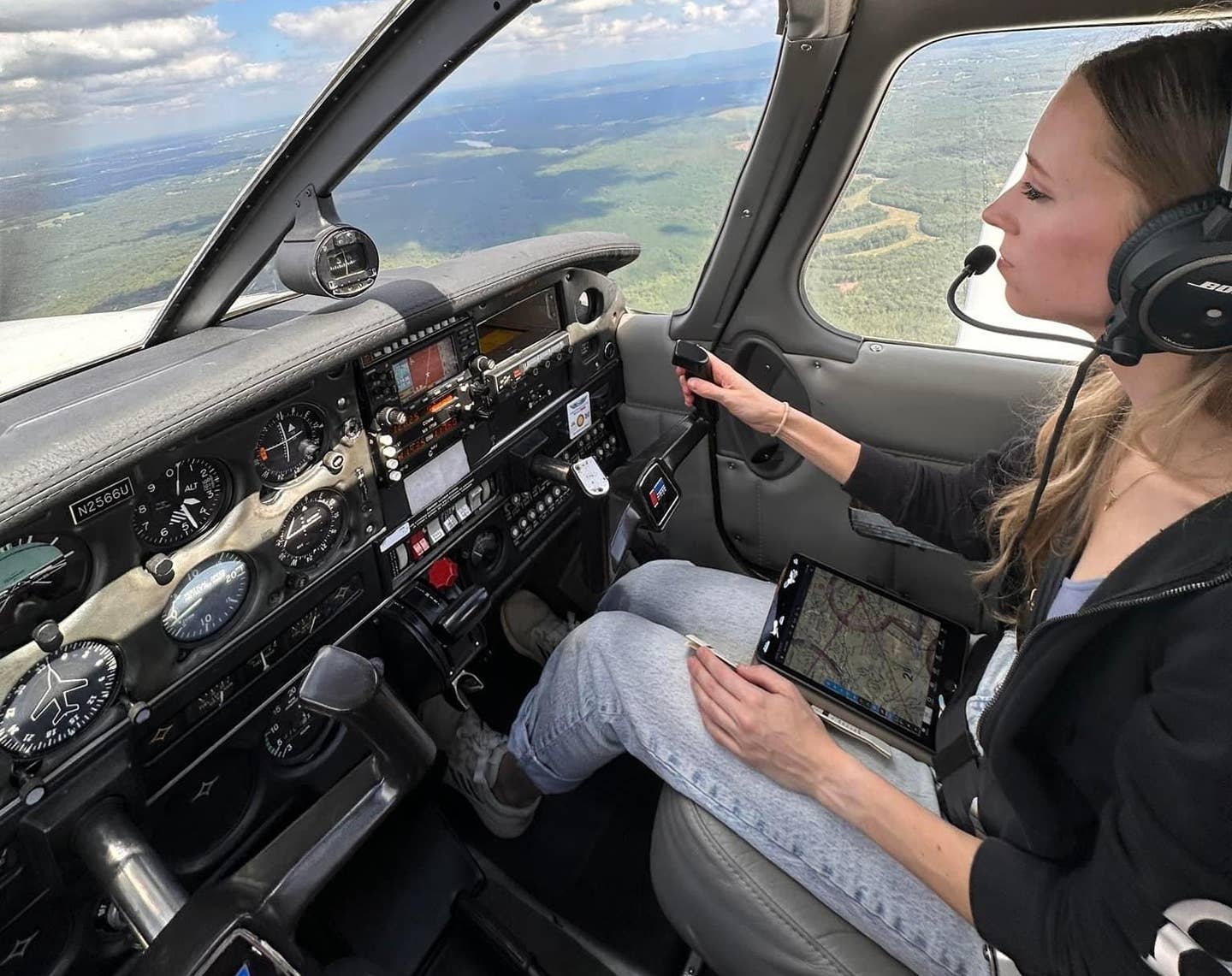2010 Remos GX Avıator II The Joy Of Flight
Nimble, solid, lovely, well-built and what a hoot to fly
 |
A high, dense line of clouds has moved over Great Barrington Airport (GBR) in western Massachusetts. My erstwhile Remos demo pilot, recent Embry-Riddle grad Ron Glazer, has added an extra leg to his East Coast swing so I can fly the 2010 Remos GX (Aviator II edition). And I'm grateful: It's a beautiful afternoon as we cruise over the lush, tree-covered undulation of country hills, farmland and quaint New England villages below. The GX motors happily along. And what I've noticed since right after takeoff keeps me smiling: the airplane's sublime handling qualities.
The GX is one of the most vigorously promoted S-LSA in the U.S. market. Remos (www.remos.com) said a year or so ago that its goal was to be number one in America. Notably, the company posted 2009's highest FAA registration numbers, in a decidedly down economic year, with 32 aircraft---one ahead of the CZAW SportCruiser (now the PiperSport). The German-based manufacturer has since refined its flagship airplane continuously. Well established in Europe since its debut in 1997, the company has a new factory an hour from Berlin and provides a consistent high-profile presence at major air shows here and abroad.
Until now, my experience was limited to admiration: the cute pod/boom lines, smooth, first-class composite construction of the bird and the gorgeous cockpit finish had never failed to impress. But I had missed out on the pleasure of its winged company.
 The German-built Remos GX can climb at 1050 fpm and has a range of 745 nm. Remos demo pilot Ron Glazer (right) prepares to take James Lawrence up for slow flight, stalls and a series of landings. |
Nice to be able to say then that I haven't flown another LSA that felt more agreeably balanced, effortless to fly and well-mannered. Every aircraft has its balance of "Wow!" and "Hmmm..." attributes. Some are stable but drive stiff as a truck. Some are so twitchy you want to fly them with two fingers. Some need lots of rudder. Some are rather lifeless and not much fun to fly.
Most LSA are a breeze to fly. They're designed as recreational aircraft, so our perceptions of feel and performance are ultimately more about our subjective preferences than true attributes of the airplane. For example, ultralight-style, Dacron-envelope covered LSA generally won't feel as tight, smooth, solid and weighty as a $125,000 composite bird.
Still, the GX's friendliness is a direct result of solid aerodynamic engineering. That discussion has to include the push-pull control tube linkage, which delivers smooth, rather light stick forces: No muscling required here, but no overt twitchiness either. Rudder input is nicely harmonized with the stick, too. After overdoing it initially, Ron Glazer has me do quick left/right bank reversals with no rudder input at all---the poor man's Dutch roll.
 |
"They've designed out most of the adverse yaw," he promises. Indeed, rather than going cattywampus, the GX nose yaws minimally away from direction of bank, though I aggressively roll reverse several times. With rudder, decent dutch rolls come easily, delivering a wonderful, tight, "sporty" feel, as if I'd flown the GX for many hours.
Heading south, we do approach and departure stalls, accelerated stalls (in turns) and a phugoid test. The stalls are nominal: a slight burble, a bit of a wing falloff in recovery. Like most LSA, stalls are something you have to work at to get in trouble with. There's an angle-of-attack indicator, too: "You can fly off the AOA in slow flight all day," says Ron. "If you're in the green, you're good." Since there's no ballistic chute on board, we pass on more aggressive stalls, as the airplane will spin if provoked.
The phugoid test is interesting. Ron gives me the go-ahead after I've trimmed for straight-and-level flight. I yank back sharply on the stick, the nose snaps right up, but as soon as I let go, the airplane immediately levels off, then gently lowers its nose to a flatter nose-up angle, then begins the recovery dip to trim attitude. There's little porpoising at all; it seems to want to get back to trim right away. Impressive.
The GX is more than just delightful, solid handling. Its performance envelope conforms with other composite LSA. It meets the lower-end spec of the LSA speed regime with a below-45-knot stall (38 knots with flaps), and pushes the top end with a 112-knot cruise and a 119-knot max speed at full power. I do some climbs and see numbers in the high 800s (feet per minute), though we're pretty fully loaded and climbing up through 3,000 feet.
 |
The GX is easy enough to land, but you want to get the speeds right to grease it on. It has neither a long, flat glide as with some higher-aspect LSA, such as the Flight Design CTLS, nor a particularly floaty pretouchdown feel as you get with the PiperSport. The glide ratio of 10:1 also means when you chop power, you're going to come down at a good descent rate---a good reason to manage your approach and flare speeds well.
My first landing, after flying through some weird bubbles of lift/sink turbulence right at the threshold, ends up as a bit of a surprise plunk-down onto the tarmac. Glazer, a CFI before he landed at Remos, tells me I went through the flare speed regime a bit too quickly. "In fact, any time you reduce power under 4,000 rpm, it wants to sink, so you want to come in with and carry a bit of power on final."
With more than 400 hours logged, he knows this airplane about as well as anybody. "I fly," he says with a chuckle, "more than I drive!" We make a few more landings, both with flaps and without. Max flap speed is 70 knots, and approach is at 65, a bit of a tight margin.
"The only time you really need flaps though are for short fields under 1,000 feet, or on a smooth day," Ron advises." Other than that, if it's bumpy, I don't touch the flaps, or maybe come in with just 15 degrees."
 The Aviator II avionics package includes Dynon D100 and D120 EFIS and EMS systems, and a Garmin 496 with XM weather. The brake system is a console lever: Push to slow down. |
Chopping throttle and rounding out to touchdown feels solid. And although I'm not as smooth as I would be if I owned and regularly flew the airplane, (always a best man, never a groom!), it's clear that a few touch-and-goes are all it would take to get dialed into the GX.
Ergonomically, the Remos is an exemplary example of what a top-end LSA ought to be. Getting into the cabin is as easy as sit, rotate, buckle in. Fit and finish are first-class. I particularly like the placement of the various levers and knobs, which are commonsensical and add to your confidence that you can find a knob or switch without sending out a search-and-rescue party.
The brake system is a console lever, like the CTLS, but reversed. It takes a few false moves to rewire my brain to push, not pull, for slowdown. Brakes are effective, and taxiing is truly a joy. The steerable nosewheel is nicely responsive to rudder pedal input; it's really fun to taxi the GX.
The Aviator II avionics package deserves mention as it's the top-end stock version of the airplane, priced accordingly at $148,900. Remos does a nice job here for those inclined to a full complement of bells and whistles. Dynon D100 and D120 EFIS and EMS systems, (both on the left side for easier instrument scan) and Dynon HS34 HSI partner up with a Garmin GPSMAP 496 with XM weather, Garmin SL40 Com and SL30 Nav/Com, transponder and audio. Airspeed and altimeter steam gauges are mounted on the right panel for backup, along with a glare shield-placed wet compass.
Pilot/copilot tinted visors, a lovely Neuform three-blade prop and dual throttles---nice for taxiing without taking your hand off the brakes---round out the picture. Numerous options abound: auto-pilot, leather interior, Magnum parachute system and more.
The seat is ground adjustable for a good fit, and as with many LSA, there's plenty of shoulder room at almost 47 inches (seven more inches than a 2005 Cessna 172), and plenty of head room, too. I'm 5 feet, 11 inches, and I measured a good six inches above my noggin.
Visibility is good: The top of the door frame comes about to my eye level, so to look out along the wing requires a bit of a ducking down. Visibility down and aft, thanks to the big-window doors and slightly aft strut, is excellent. The overhead window is great for traffic and terrain scanning in a high-bank turn.
The instrument panel top is higher than some LSA. In cruise, though, the slight nose-down angle opens up the forward view considerably.
If you're looking for a beautiful, first-cabin LSA with truly enjoyable handling and the full breadth of the category's legal performance envelope, quality finishing and strong, multi-dealer company support in the U.S., be sure to add the Remos GX to your demo list. I'll bet you'll feel at home in it in a heartbeat.

Subscribe to Our Newsletter
Get the latest Plane & Pilot Magazine stories delivered directly to your inbox






